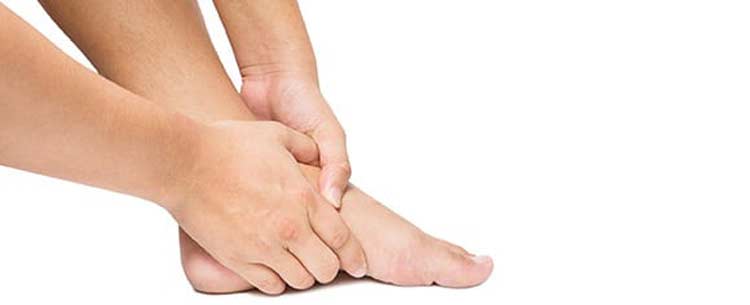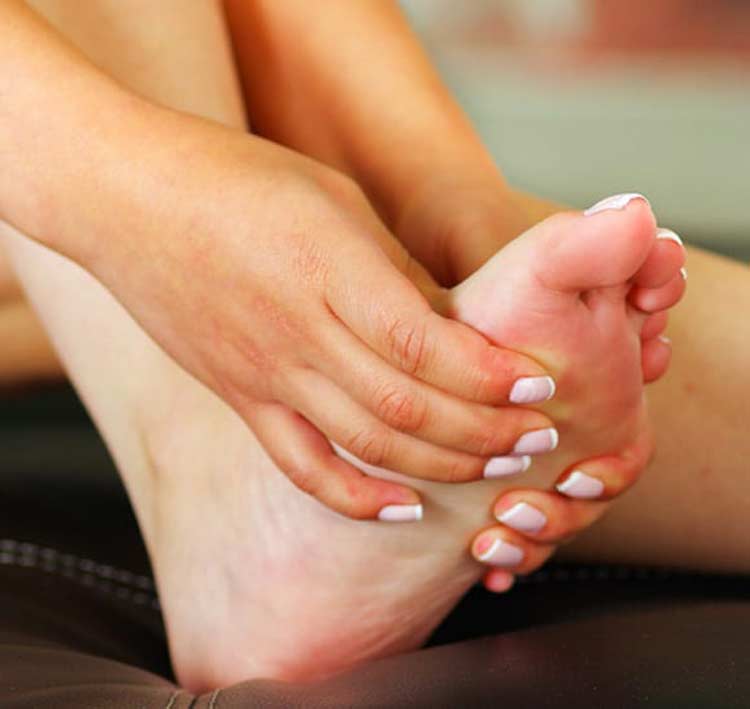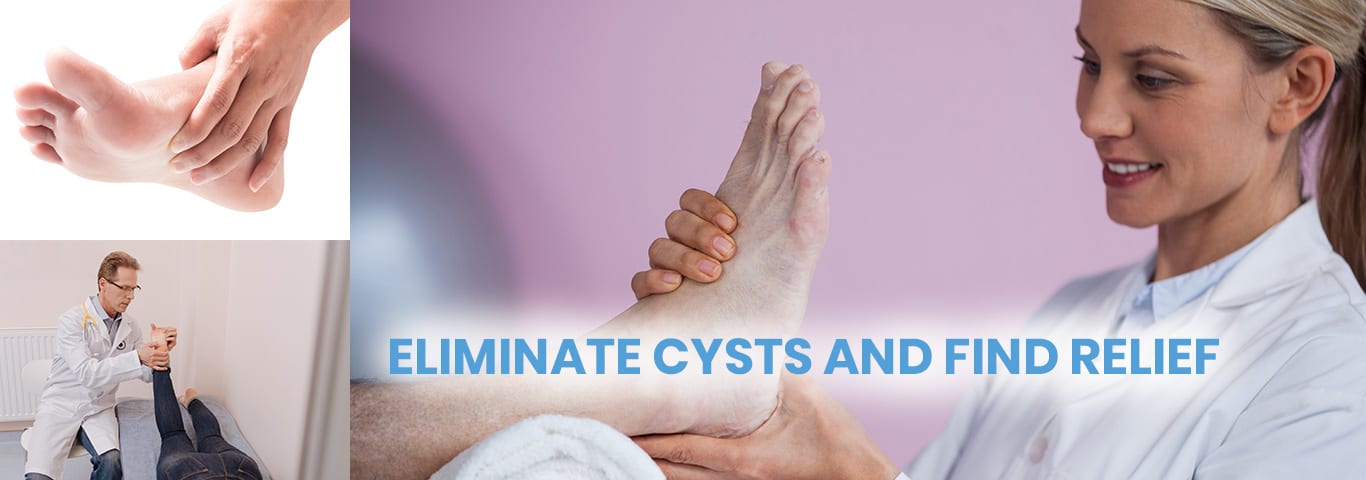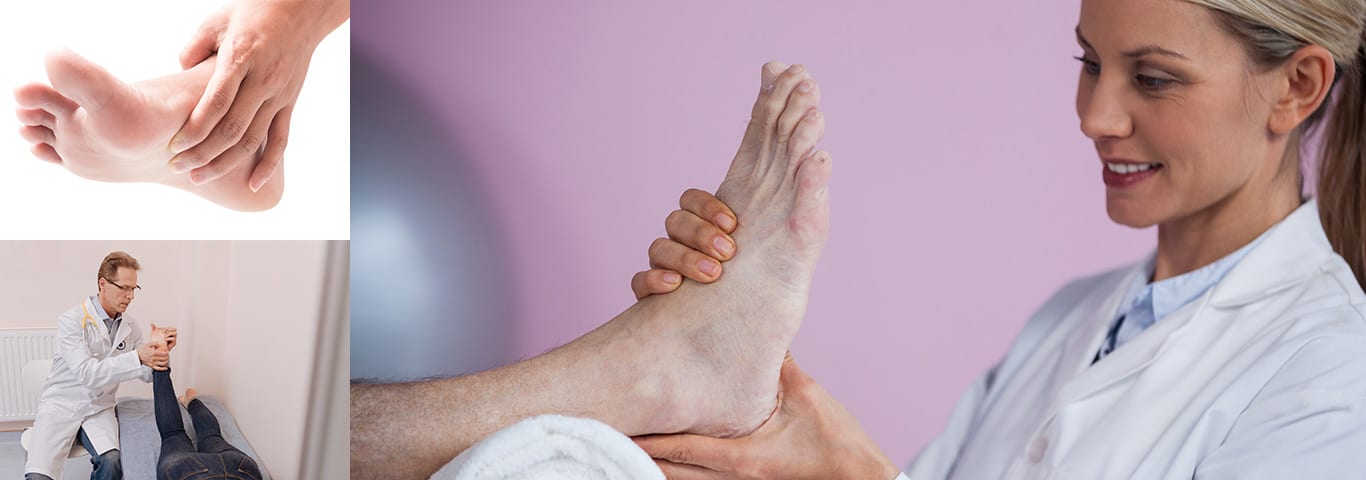
Discover how we can help you find relief from ganglions.
Ganglions, or ganglion cysts, are benign tumors or swelling. Most often they appear on tops of joints or on top of tendons and look like sacs of liquid situated just under the skin.
- Inside the sac is a jelly-like material that is clear, thick and sticky.
- Ganglion cysts feel firm or spongy.
Signs and Symptoms
Ganglions most often develop on the hands and wrists, but are also common on the ankles and feet. Cysts may develop slowly over time, or they may appear suddenly. They may go away and come back. Pain is not typical with ganglions, but a cyst could potentially press a nerve and cause pain, numbness, tingling, and muscle weakness.
Ganglion cysts are round or oval shaped. Sizes range from less than an inch to a little over an inch. Cysts may grow larger when the affected area is repeatedly used. Some are too small to feel. Multiple smaller cysts tend to connect to a common stalk within the deeper tissue.
Causes
The cause of ganglions is unknown, but there are risk factors indicating which people are more susceptible to developing them. While anyone can get a ganglion cyst, women get them three times more than men. Those between 20 and 40 years old are at a higher risk for them as well. Other risk factors are osteoarthritis and past joint or tendon injury that leaves the affected area weakened.


Non-Surgical Treatment Options
Often a ganglion cyst requires no treatment. Anyone feeling pain or discomfort, such as when a larger ganglion on a foot creates shoe pressure and irritation, should plan a visit to a podiatrist to find a solution. An exam may include an X-ray, MRI or other imaging test to give a clearer picture of what’s happening under the skin and to rule out other issues, such as a tumor or arthritis.
Non-surgical treatment options include immobilization. While overuse of the affected area could cause the cyst to grow, limited use of the joint or tendon could result in cyst shrinkage. As the cyst gets smaller, the pressure it put on nerves is likely to lessen, which relieves pain.
Aspiration is another non-surgical option. Local anesthesia numbs the affected area, and a needle is used to drain the cyst’s fluid sac. Because the fluid is thick, drawing it out of the cyst may be difficult. Making the ganglion collapse is the goal, which is why the doctor may puncture it with the needle three or four times. After aspiration, a bandage or splint helps limit movement and prevent the sac from refilling. Many patients opting for aspiration have their cysts return, and infection is a potential complication of this procedure.
Surgical Treatment Options
Surgery may work when other treatment options have not been effective. Typically performed in a doctor’s office as an outpatient procedure, patients receive local, intravenous, or general anesthesia. Once it takes effect, the physician makes an incision in the center of the cyst.
After opening the affected area, the doctor dissects the mass from surrounding soft tissue and identifies the stalk, or tail, of the ganglion. The stalk extends from the mass to the tendon sheath or joint where it arises. Both ganglion and tail are removed, and the incision is closed with either sutures or electrocautery. For some treated areas, such as the foot, a splint is also used. Surgery may include an arthroscope camera to give a better view of the affected joint or tendon. With arthroscopic surgery, scars are smaller and healing times shorter.
Ganglion surgery is safe, but complications are possible. They include infection, excessive swelling, and delayed healing. Patients can lessen the chance of infection by keeping the treated area free of moisture. When ganglions are removed from feet, it’s recommended that patients stay off the feet and keep them elevated for a week to 10 days.

